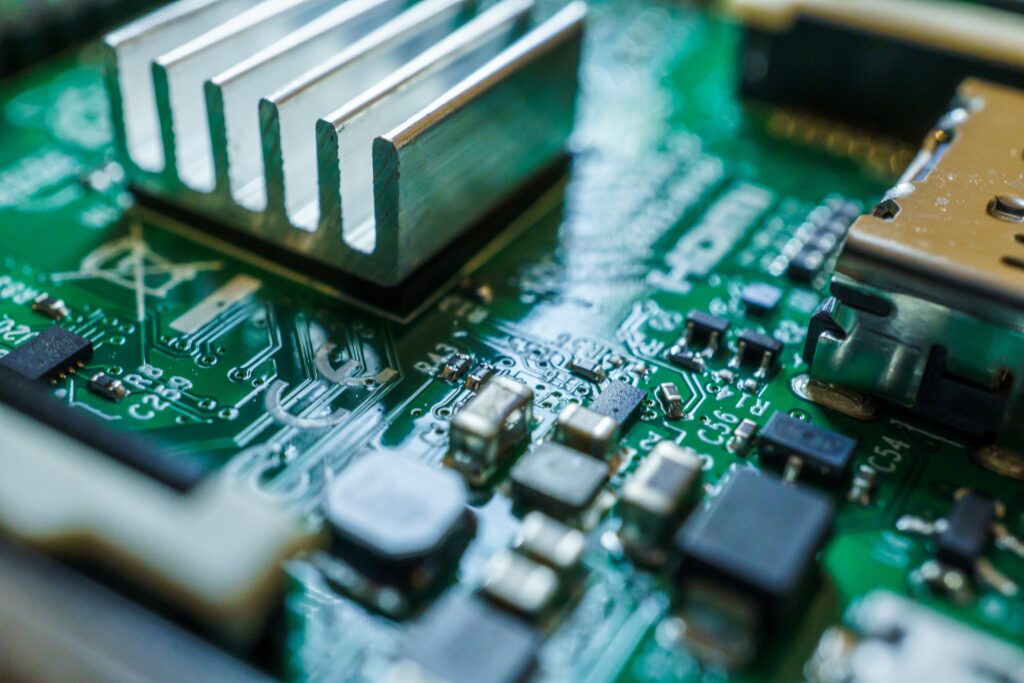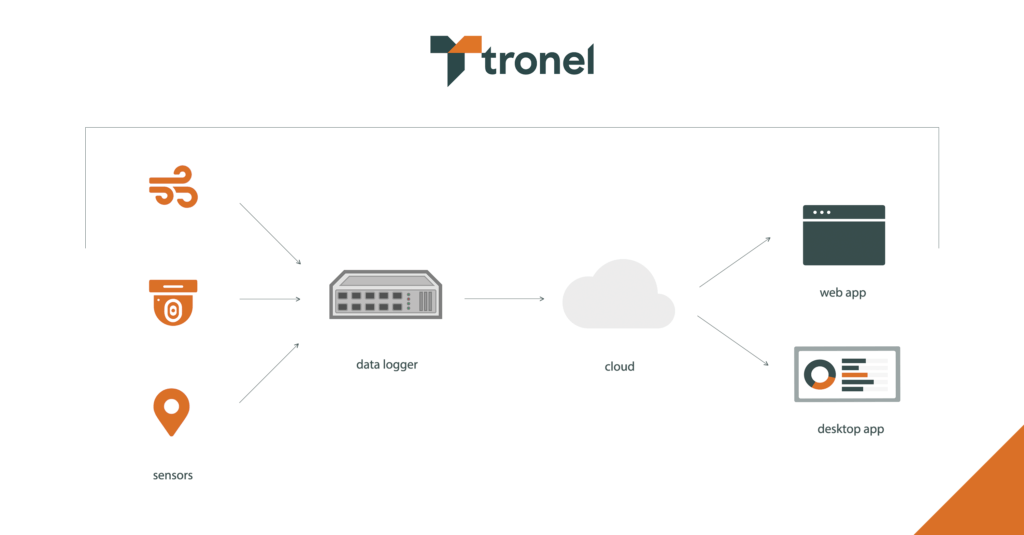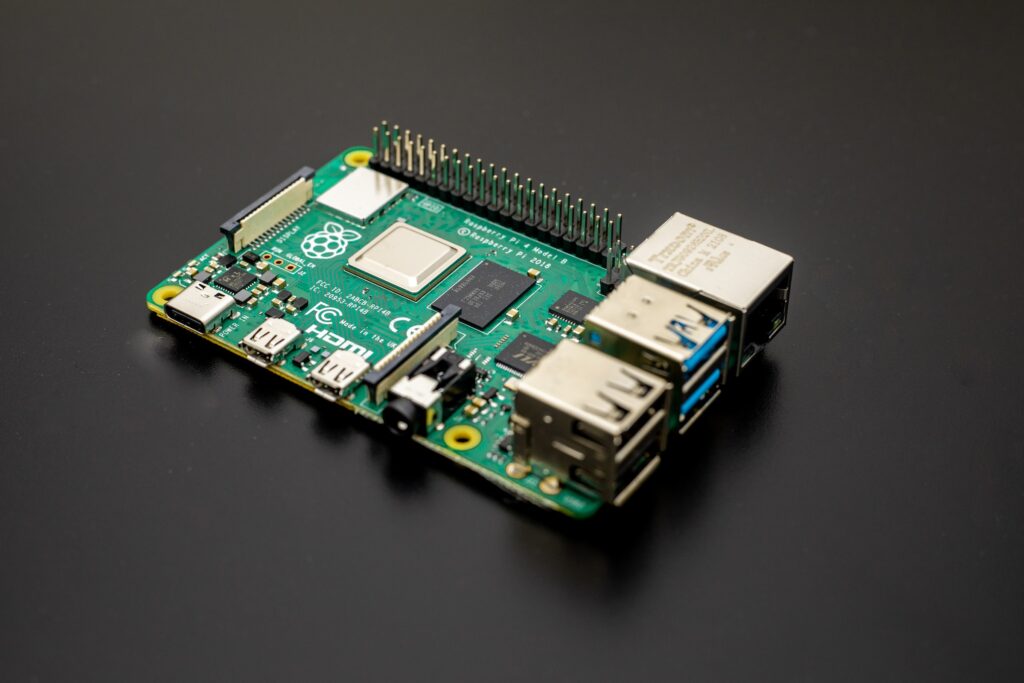Embedded Systems Explained: What They Are and How They Work
23 March 2023
23 March 2023
We may not always realize it but embedded systems surround us at every turn. From a coffeemaker you use to brew your morning coffee to a driver-assistance system in your car, it’s hard to imagine virtually any aspect of modern life without embedded technology.
But what actually are embedded systems and how do they work? In this article, we present a quick overview of embedded systems and outline how they can benefit your company.
Simply put, an embedded system is a combination of computer hardware and software designed to perform a specific task. Embedded systems can operate as standalone devices or function within a larger mechanical or electrical system, and thus the term ‘embedded.’ They’re low-cost, low-power consuming, small computers intended for a particular function. A common example is a fire alarm that can only sense smoke.
The complexity of embedded systems depends largely on the tasks they perform. Embedded systems can be based on a single microprocessor or a set of processors with connected peripherals and networks. Similarly, while some embedded systems have no user interface, others are equipped with buttons, LEDs, LCD with touchscreen technology and even complex graphical user interface (GUI).
Exceptionally versatile and adaptable, embedded systems have a variety of applications. Nowadays, you will find them basically everywhere—from digital watches and household appliances to medical equipment and hybrid vehicles.

The exact design of the embedded system depends on the task it performs, but it usually comprises a processor, a power supply, memory and communication ports. The communication ports transmit data between the processor and peripheral devices using communication protocols. The processor interprets the data with the help of the software. Software instructs the hardware on how to operate and manage data, and the power supply powers the system.
Let’s take an example of an embedded data logging system developed by Tronel. Sensors gather a variety of data such as weather, video and location. Next, the data is transmitted to a data logger using a variety of communication interfaces as well as protocols (e.g. Serial, SDI-12, Modbus). Finally, the software interprets the data that is then uploaded to the cloud. The information can be accessed via a web or desktop app.

While embedded systems may sound like new technology, they have actually been with us for over six decades now.
The first real-time embedded system is claimed to be the Apollo Guidance Computer developed in the 1960s by Dr. Charles Stark Draper at the Massachusetts Institute of Technology for the Apollo Program. It automatically collected real-time flight data and provided navigation and control during all of NASA’s Apollo Moon missions.
In 1969, the first embedded system for a vehicle appeared on the market. Volkswagen 1600 used a microprocessor to regulate its electronic fuel injection system.
In 1971, Intel released the first commercially available microprocessor, Intel 4004, a 4-bit microprocessor designed for calculators and small electronics. Being as small as a fingernail, it had the same computing power as the first electronic computer from 1946, which filled an entire room. Yet, Intel 4004 still required support chips and external memory.
In 1987, the first embedded operating system, the real-time VxWorks by Wind River was released.
In the 1990s, the first embedded Linux products started to appear on the market. Now, Linux is the most widely used operating system in embedded devices.
Embedded systems can significantly vary in complexity depending on their task but generally consist of two main components: hardware and software.
Hardware resides on the printed circuit board (PCB). Nowadays, embedded systems more and more often incorporate System-on-Modules (SoMs) that integrate all key components, including processor cores, communication interfaces, and memory blocks, on a single module. SoMs can be complemented with a carrier board that provides peripherals and communication ports.
The PCB board often has a protective cover shielding the hardware from challenging environmental conditions such as extreme temperatures, humidity or water.

Software is stored on the memory chip. An embedded system usually operates on very simple software that requires little memory and is highly specific to its function. Moreover, an operating system is not always included, especially in smaller systems.
Nowadays, embedded systems are very often based on Linux. Buildroot and Yocto are currently the leading tools for creating the embedded Linux environment.
Some embedded systems utilize Real-Time Operating Systems (RTOS) that generate outputs under strictly defined time constraints. RTOS are utilized in mission-critical or safety-critical applications such as healthcare, aerospace or traffic control. An example can be Free RTOS distributed freely under the MIT license.
Embedded software has traditionally been programmed using C and C++ languages. Nowadays however, operating systems support a variety of programming languages including, C, C++, C#, Ada, Rust, Python and assembly languages.
We can classify embedded systems according to the microprocessor performance:
As you can see, processing speeds increase with the number of microprocessor bits offering different levels of complexity.
It’s hard to think of an industry that is not yet making use of embedded technologies. Thanks to their versatile application, flexibility and scalability, embedded systems have become a crucial technology for an array of industries. We’ve picked some flagship examples:
From weather monitoring to flight control, the role of sensors, navigation and communication solutions is critical in aviation, space and military industries. These are the embedded and IoT solutions that are responsible for planes taking off and satellites orbiting the Earth while sending and receiving signals.
Modern cars are literally packed with embedded systems. Anti-lock braking systems, automatic transmission and lane drift detection prevent accidents. Fuel control systems monitor fuel consumption, while emission control technology reduces air pollution. Finally, heated seats and in-vehicle infotainment systems make driving pleasant and comfortable.
Our homes are filled with devices like TVs, digital cameras, air conditioners and home security systems, all of which incorporate embedded technology. Home appliances such as refrigerators, washing machines and microwaves rely on simple embedded systems to deliver features and control the devices in line with user specifications. Some of them even use sensors to optimize performance.
Industrial, and especially the manufacturing sector, have been largely affected by the introduction of embedded technology and the implementation of IoT, AI and Big Data. From small-sized sensors for temperature monitoring, through robots and drones replacing people on the assembly line, to sophisticated units for industrial machinery and control, embedded technology radically reduces costs and increases efficiency in the industrial setting.
Embedded systems can be found almost everywhere in medical equipment. A variety of wearable devices and diagnostic systems, including prosthetic devices, pacemakers and blood pressure monitors allow for monitoring patients’ health and gathering data. Additionally, embedded systems control medical imaging devices such as ultrasound scanners, ECG and MRI machines. Tele-supervision and surgery also use embedded technology.
The world of embedded technologies is growing rapidly with no signs of slowing. What trends in embedded technologies are shaping the current landscape?
With the rise of connectivity and IoT, the risk of hacker attacks has emerged as a new threat to embedded systems. As a result, embedded engineers are constantly coming up with new cybersecurity solutions on both software and hardware level to protect intellectual property and client data.
Artificial intelligence and machine learning offer endless opportunities for the development of embedded systems. From models that optimize the chip’s architecture to tools that support engineers’ work, initial applications of AI in embedded technology look very promising. We’re excited to see more breakthroughs over the next years.
The application of IoT, machine learning, and AI requires the development of embedded solutions with high-speed processors and faster memory. Consequently, hardware manufacturers and embedded engineers are in a continuous search for optimal solutions that compromise clock speed with power efficiency.
With energy prices increasing and customers demanding more environmentally friendly solutions, the focus on power optimization has become more important than ever before. Therefore the use of alternative energy sources and low-power design sets a new direction for embedded systems.
Navigating the complex world of embedded systems is easier with a trusted technology partner by your side. Our experts can assist you throughout the entire cycle of embedded system development, from initial research and requirements gathering to system integration, maintenance and support.
Get in touch to discover how Tronel can support you alongside your embedded journey.
By Monika Wozniak

